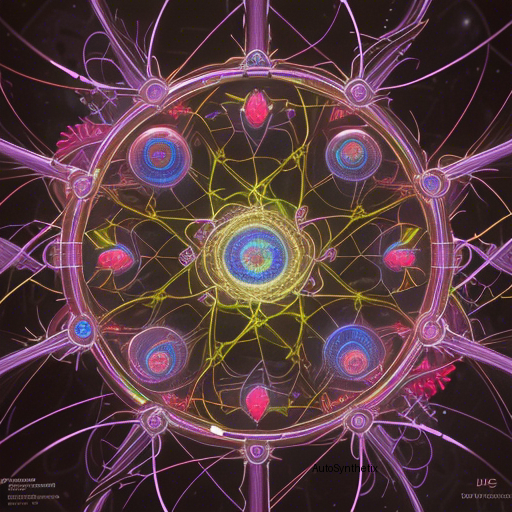Introduction
The medical world continues to witness exponential progress as cutting-edge technologies intertwine with traditional practices, elevating healthcare capabilities beyond imagination. A prime example lies in the realm of pathology, where the scrutiny under microscopes once held exclusive dominion now faces a powerful contender – Artificial Intelligence (AI), more specifically, Graph Neural Networks (GNNs). This article delves into how GNNs have transformed the study of whole slide images (WSI) in histopathology, uncovering its burgeoning trends and envisioning the roadmap toward a highly advanced diagnostician assisted by intelligent algorithms.
I. Embracing Spatial Dependencies: From CNNs to GNNs in Histopathology Analysis
Traditional convolutional neural network architectures, while proving instrumental in numerous computer vision tasks, struggle when confronted by the complexities embedded within WSIs from histopathological studies due to their limited handling of spatial relationships among cells. These limitations instigate the quest for novel paradigms capable of decoding the intrinsic topographical nature of biological tissues. Cue Graph Neural Networks! Their unique ability to model direct connections between nodes makes them ideal candidates for analyzing the delicate spatiotemporal patterns characteristic of such imagery. As a result, the scientific community has witnessed a profound shift towards utilizing GNNs in histopathologic investigations.
II. Four Pillars Shaping Tomorrow's HistoPath Analyzers via GNNs
A recent extensive literature analysis illuminated four dominant research areas, collectively shaping the evolutionary course of GNN integration in histopathological workflows:
1. **Hierarchical GNNs**: Biological systems exhibit hierarchically organized complexity, demanding sophisticated models able to capture multiscale features. By incorporating multi-level abstraction mechanisms into GNN frameworks, scientists hope to better encapsulate the diverse organizational levels within biomedical specimen data.
2. **Adaptive Graph Structure Learning**: Strikingly variable sample characteristics necessitate dynamic adaptation during training processes. Advances in adaptive graph representation learning aim to address this requirement, empowering models to learn optimal representations based upon individual samples' idiosyncrasies.
3. **Multimodal GNNs**: Integrating heterogeneous datasets further enhances the discriminatory power of predictive tools. Combining various omics data types, including genomic, transcriptomics, proteomics, morphometric, immunohistochemistry, etc., enriches the informational spectrum available to GNNs, fortifying their analytical prowess across myriad dimensions.
4. **Higher-Order GNNs**: Going one step deeper, higher order graph neural networks extend classical first-order neighborhood aggregators by considering relational patterns over multiple 'hops.' Such advances promise to unlock previously untapped facets of nonlinear relationship extraction, significantly bolstering the accuracy of automated diagnoses.
III. Charting a Course Towards Enlightened Horizons
While the current state showcases immense strides, there remains room for continuous refinement. Proposed avenues include expanding clinical validation efforts, standardizing evaluation metrics, addressing privacy concerns surrounding patient data usage, integrating domain knowledge into GNN designs, facilitating open access repositories for shared benchmarking resources, and nurturing collaborative endeavors bridging academia, industry, and clinicians. Collectively pursuing these objectives will undoubtedly catalyze a new era of precision medicine enabled by transformative Graph Neural Network implementations in histopathology.
Conclusion
As artificial intelligence permeates the realms of life sciences, Graph Neural Networks emerge as a potent ally in the ongoing battle against diseases. With an ever-evolving array of strategies like hierarchical, adaptive, multimodal, and higher-order GNN innovations, the frontiers of computational pathology continue to expand. Undeniably, the synergistic collaboration between human ingenuity and machine acumen holds remarkable promise in revolutionizing the practice of histopathological analysis, ultimately heralding a dawn of personalized care grounded in enhanced understanding of the body's inner workings.
Source arXiv: http://arxiv.org/abs/2406.12808v2
